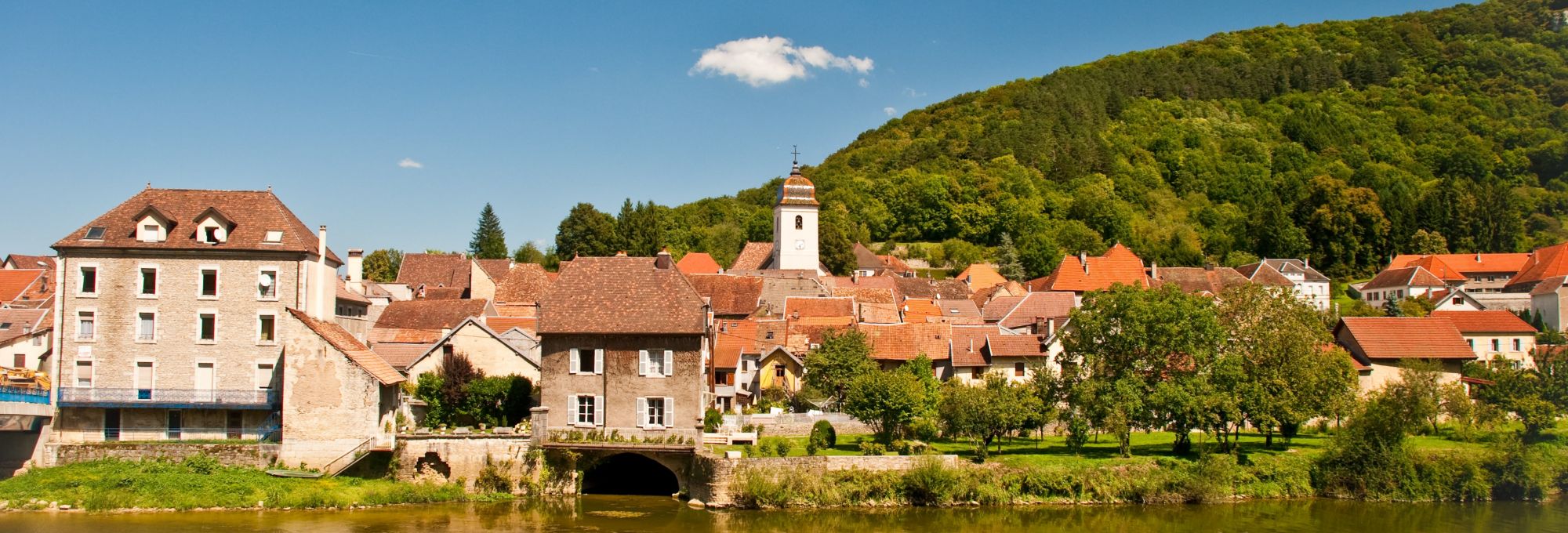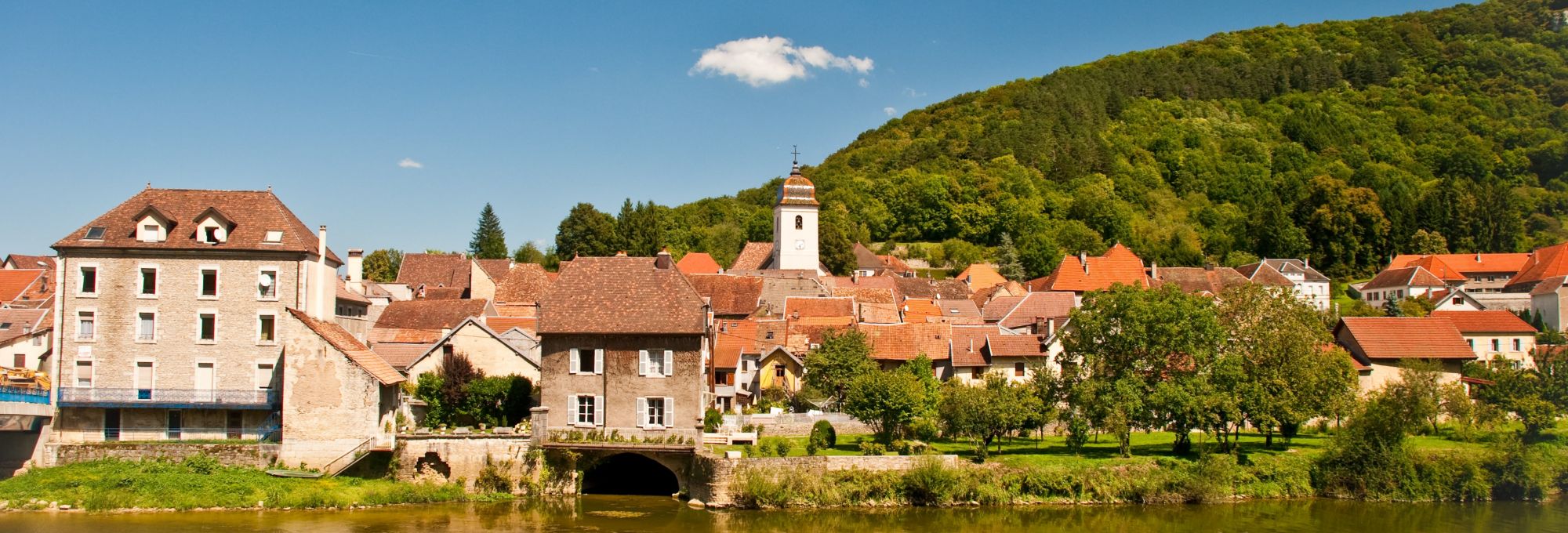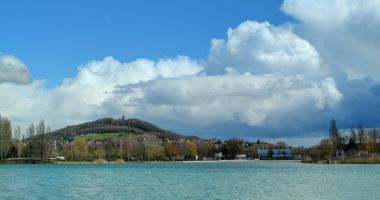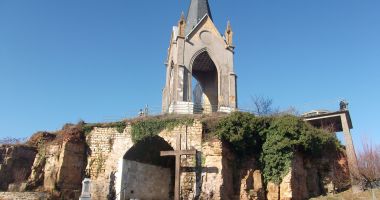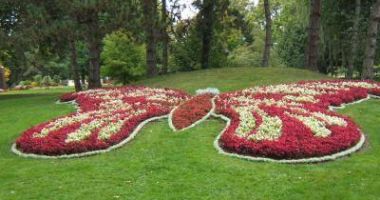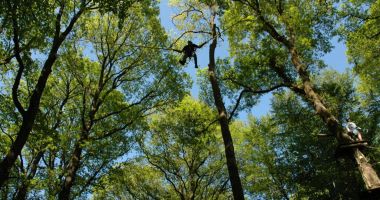Tourism in Vesoul
Are you coming to Vesoul? Welcome to Brit Hotel Le Vesoul! Discover the charms of the region from our hotel in Vesoul.
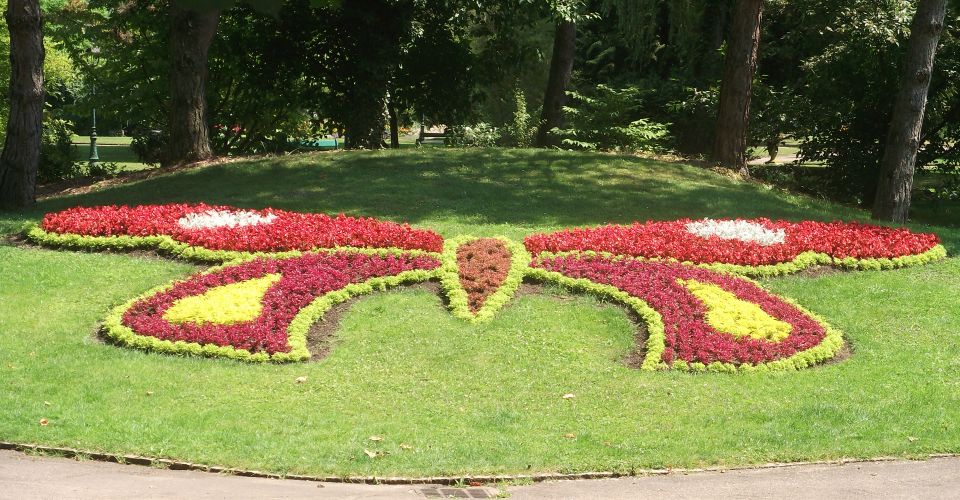
Park and garden
A few minutes away from our hotel in Vesoul is the famous Jardin Anglais, a project that is thought to date back to the 19th century, when the city council of the time decided that part of the meadow adjacent to the promenade should be planted with trees.
Over the decades, this small patch of grass became a romantic and green place in the heart of the centre of Vesoul. Very quickly, it was decided to plant more than 1000 species of plants there! This project was carried out by Brice Michel, a landscape architect specialising in "English-style" gardens. He will choose the trees and design the landscape that you will be able to discover near the Brit Hotel Le Vesoul!
Statues adorn the garden paths, such as the bust of Paul Morel inaugurated in 1935, or the representation of Joan of Arc known as "La Ferronnerie". In the 1970s, the rose garden was created, as well as a play area for the youngest.
Today, this garden, located in the heart of the centre of Vesoul, is filled with 850 species of plants in this 3 hectare park. In 2013, it even became the one and only "Remarkable Public Garden" in the whole of Franche-Comté.
Lake and water sports
Are you staying in our hotel in Vesoul and would you like to go for a walk by the water? Take advantage of the Vesoul-Vaivre Lake. Its location at the gates of Vesoul makes it a very popular place for relaxation and entertainment. Numerous activities are available. The Club Nautique Haut-Saônois de Vesoul organises numerous nautical activities. Surfboards, dinghies, catamarans, canoes and kayaks can be practiced, as well as pedal boats.
But the lake of Vesoul-Vaivre is also a place for walking or cycling, thanks to the 5 kilometre route which is accessible to all and which covers the entire lake. This walk allows you to appreciate the diversity of the environment and to observe different species, to pass by the bird island and by an observatory with a view of the plains while discovering the region during your stay at the Brit Hotel Le Vesoul!
As a result, the site has a wide variety of interests that attract many regular visitors: local residents, sportsmen and women who go jogging or cycling, but also fishermen.
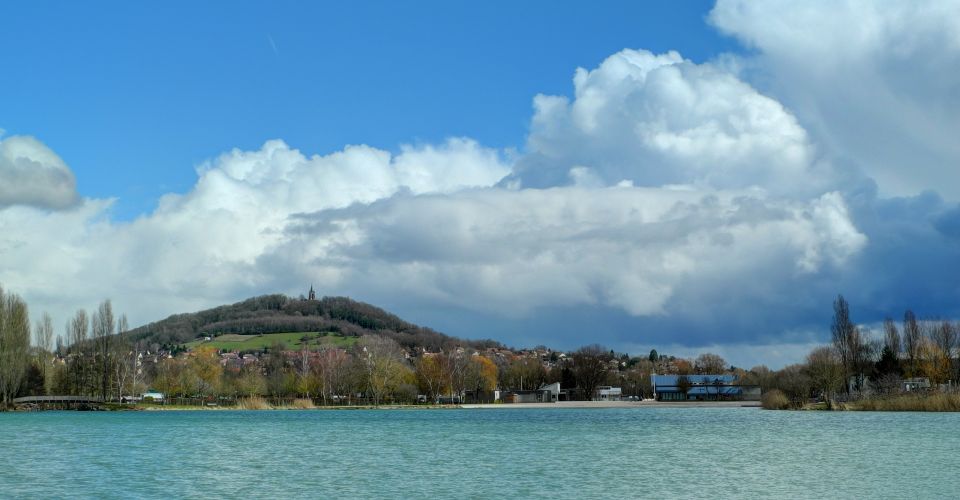
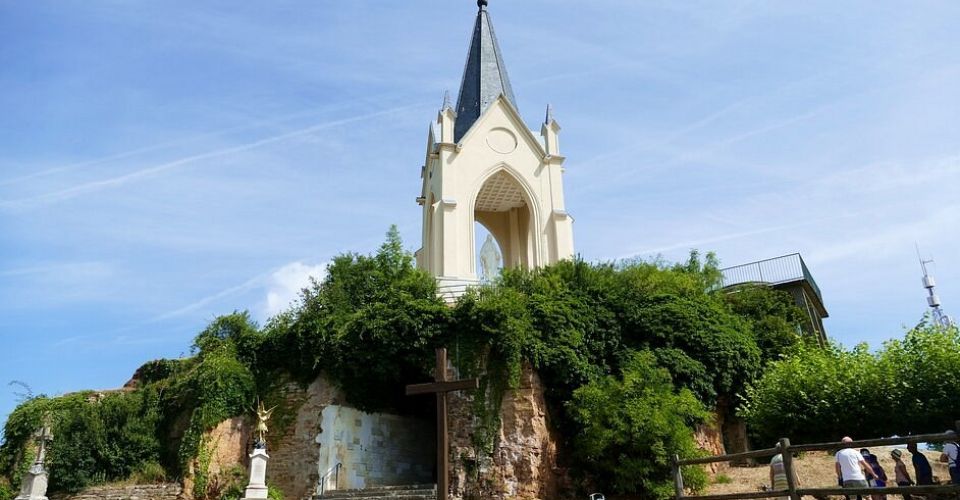
Hill and cave
The Motte de Vesoul is a limestone hill overlooking Vesoul and the Durgeon valley, at an altitude of 378m with a difference in altitude of more than one kilometre. The Motte site offers an unobstructed view of Vesoul, the Jura and as far as the Alps when the weather permits.
This building, located a stone's throw from our hotel in Vesoul, has become the symbol of the Vesoul landscape. From the High Middle Ages, the motte was attached to a castle. The first houses and vineyards were built on top of the hills. On the site of the castle, a huge cross was erected in the 18th century to protect the vineyard. To thank the Virgin Mary for protecting the town from cholera in 1854, the Vésuliens built the chapel which was blessed 3 years later. La Motte is considered a place of pilgrimage, a holy place. The chapel has a statue of Our Lady painted in white, 3.50 m high.
The reculée de Solborde is located less than 3km from Vesoul and therefore from the Brit Hotel Le Vesoul, in the village of Echenoz-la-Méline. It is home to a stream that cascades down and then joins the Fontaine du Diable and becomes the little river Méline. In 1663, a statue of Mary was found there, which had been hidden for a long time. Since her discovery, she has performed many miracles, leading to the construction of a chapel where there are testimonies of her wonders. For example, there is a miniature boat left by Henry de Pussy, who was deposited there after a pilgrimage to Our Lady of Solborde.
In addition to the spiritual benefits, the site has considerable geological potential. The reculée de Solborde includes the cave, the waterfall and a set of limestone blocks called the Rock of the Twelve Apostles which is said to guard the site.
Activities in Vesoul





